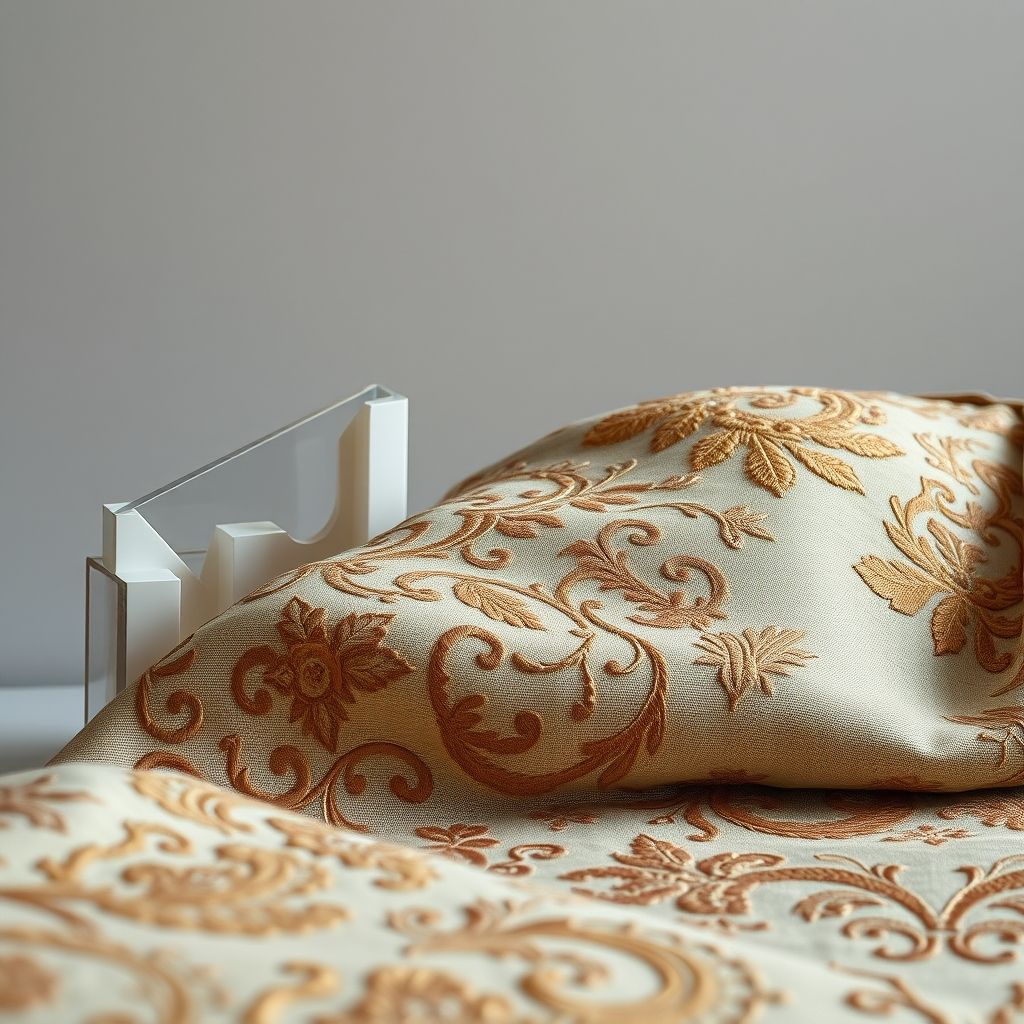Okay, friends, let’s talk fashion. But not the usual runway stuff. I stumbled upon something that genuinely made me stop and think: a Wikipedia fashion collection. Yes, that Wikipedia. My first reaction was probably the same as yours: raised eyebrows and a healthy dose of skepticism. But honestly? It’s… kind of brilliant.
The collection, which I saw mentioned over at Creative Bloq, aims to translate the open-source spirit of Wikipedia into wearable art. And it seems like they’ve pulled it off. But beyond the initial “huh, that’s cool,” I started digging into why this collab resonated with me.
For starters, in a world saturated with celebrity endorsements and fleeting trends, this feels like a breath of fresh air. Instead of pushing a product, it’s promoting access to knowledge. And in a time where information accuracy is constantly under scrutiny, associating with a (mostly) reliable source like Wikipedia actually gives the collection an unexpected layer of credibility.
According to a 2023 Pew Research Center study, 64% of adults say they often get news from social media. Pew Research Center Considering the constant battle against misinformation, subtly weaving a trusted brand like Wikipedia into our everyday lives – even through clothing – feels like a smart move.
Think about it: We’re essentially walking around with conversation starters. These aren’t just clothes; they’re statements. They’re signals that you value knowledge, collaboration, and open access to information. And who doesn’t want to project that image?
The fashion industry, valued at over $1.7 trillion globally in 2024 (Statista), is often criticized for its environmental impact and promotion of unrealistic beauty standards. This Wikipedia collection, however, offers a refreshing alternative. It’s a chance to support a project that promotes education and critical thinking, all while (potentially) looking good.
5 Takeaways:
- Unexpected Branding Power: Wikipedia isn’t just an encyclopedia; it’s a recognizable and (generally) trusted brand. Leveraging that trust in a new space is genius.
- Fashion with a Message: In a sea of logos, clothing that promotes knowledge stands out.
- Subtle Activism: Wearing the collection is a quiet way to advocate for open access to information.
- Challenging the Status Quo: This collab offers a refreshing alternative to traditional fashion marketing.
- Conversation Starter: Be prepared to explain why you’re rocking a Wikipedia t-shirt – it’s a great way to spread the word about the project.
Ultimately, this Wikipedia fashion collection highlights the power of collaboration and the potential for unexpected partnerships. It’s a reminder that fashion can be more than just clothing; it can be a statement, a conversation, and a way to support something you believe in. What are your thoughts? Would you rock a Wikipedia-branded piece?
FAQ: Wikipedia Fashion Collection – The Burning Questions Answered
- What exactly is the Wikipedia fashion collection? It’s a collaborative project that translates the principles of open-source knowledge and community into wearable clothing and accessories.
- Who designed the collection? The specific designers involved can vary, as the project is likely a collaboration between Wikipedia (or its associated organizations) and various fashion designers or brands. Details can usually be found on the website or press materials announcing the collection.
- Where can I buy the collection? Typically, the collection would be available for purchase through the official Wikipedia merchandise store (if they have one), partnering retailers, or the designers’ own websites.
- Is this an official Wikipedia project? It’s essential to confirm the official endorsement and partnership with the Wikimedia Foundation (the non-profit organization that operates Wikipedia). Look for official announcements or statements from the foundation to verify its legitimacy.
- What’s the price range of the items? The price range would depend on the specific items, the materials used, and the partnering designers or brands. Expect a range from affordable basics like t-shirts to more premium pieces depending on the collection.
- What materials are used in the clothing? The materials used would ideally be listed on the product descriptions, and sustainable or ethically sourced materials would be a huge plus for a project associated with knowledge and community values.
- What’s the inspiration behind the designs? Expect the designs to incorporate elements related to Wikipedia’s logo, interface, or the concept of open knowledge and collaboration.
- Does a portion of the proceeds go to Wikipedia? This is a crucial question! Ideally, a percentage of the sales would directly support the Wikimedia Foundation and its mission to provide free knowledge to the world.
- Are there different styles and sizes available? A well-executed collection would offer a range of styles (t-shirts, hoodies, bags, etc.) and a diverse size range to be inclusive.
- How can I ensure the product is authentic? Purchasing directly from official sources (like a verified Wikipedia store or partnering retailers) is the best way to guarantee the authenticity of the collection.

